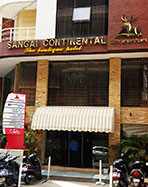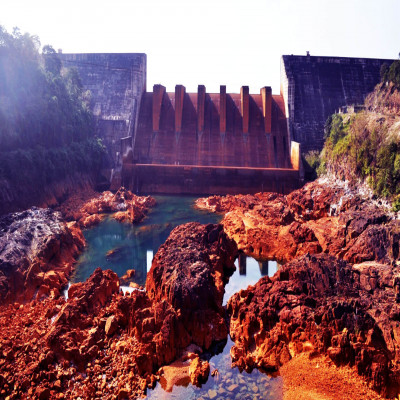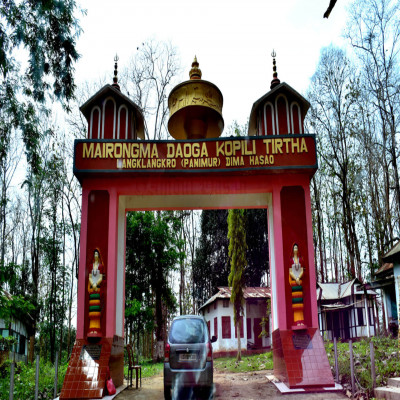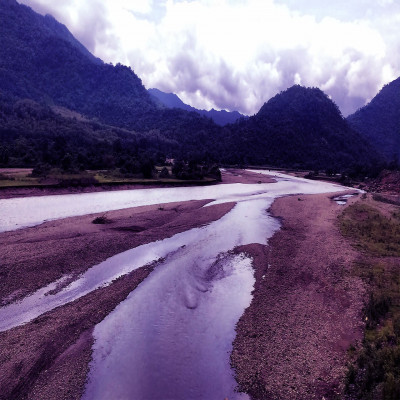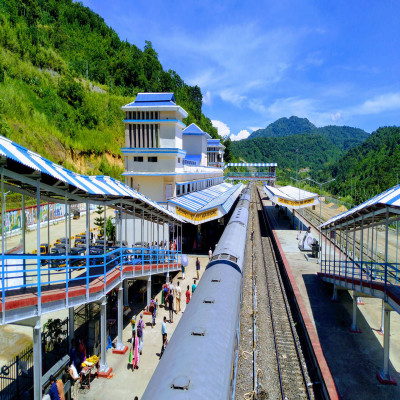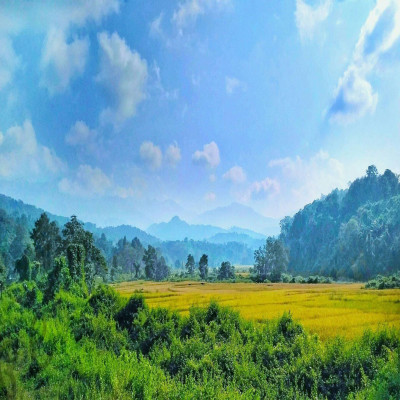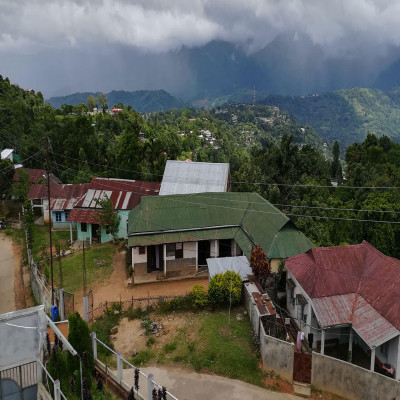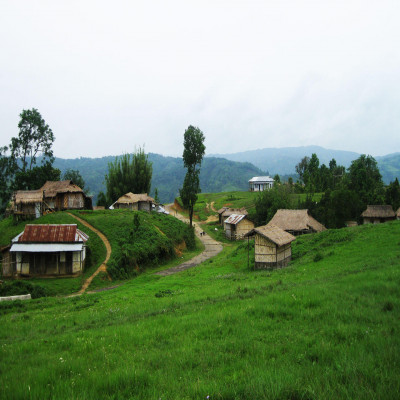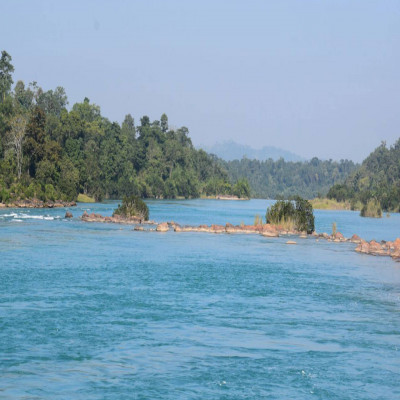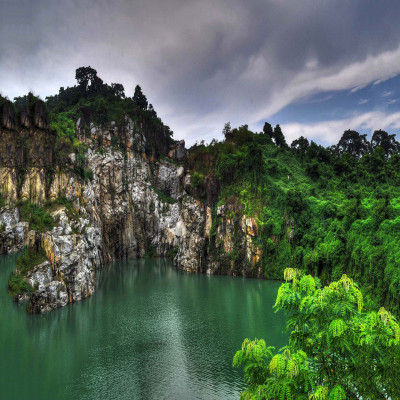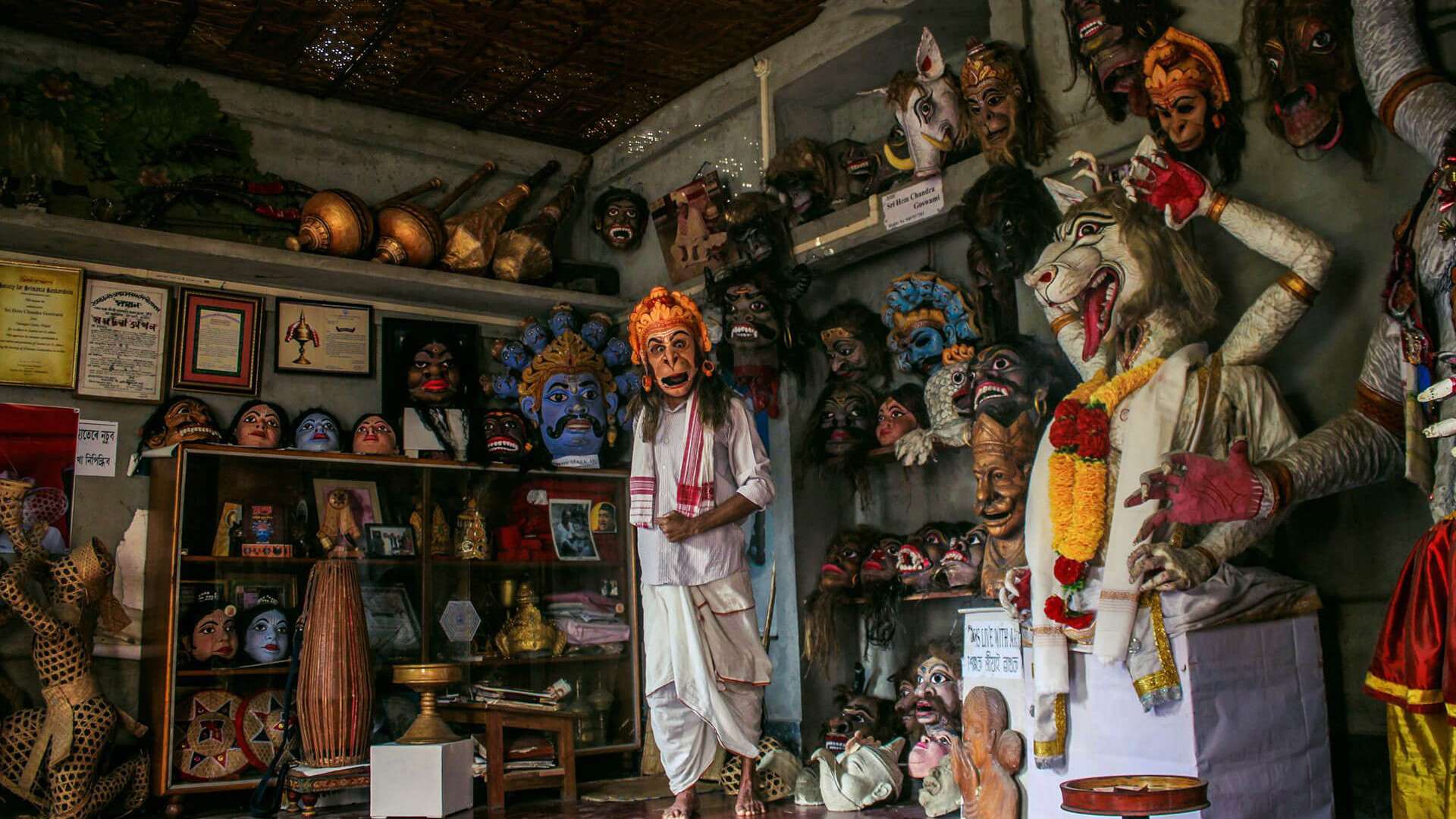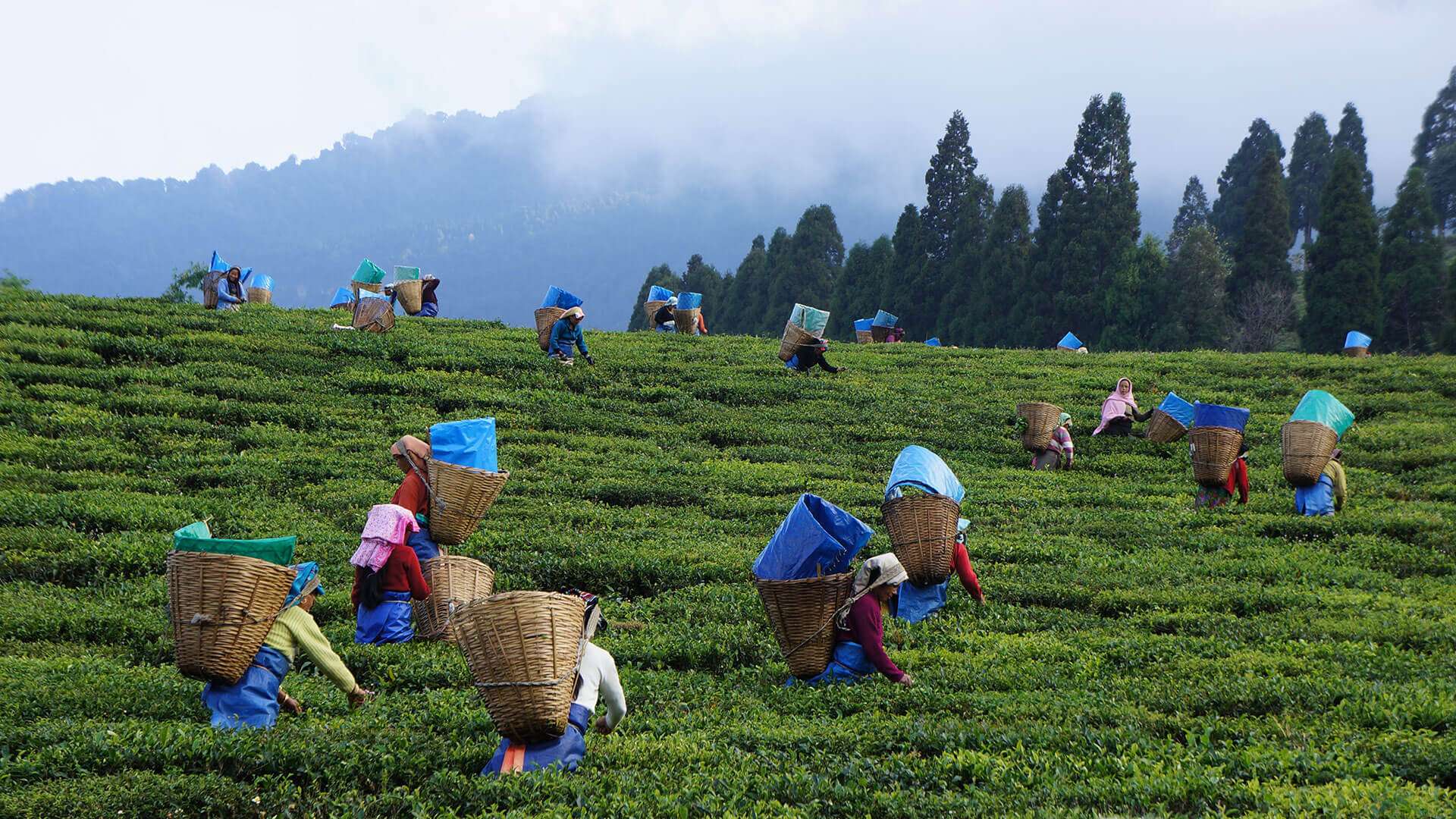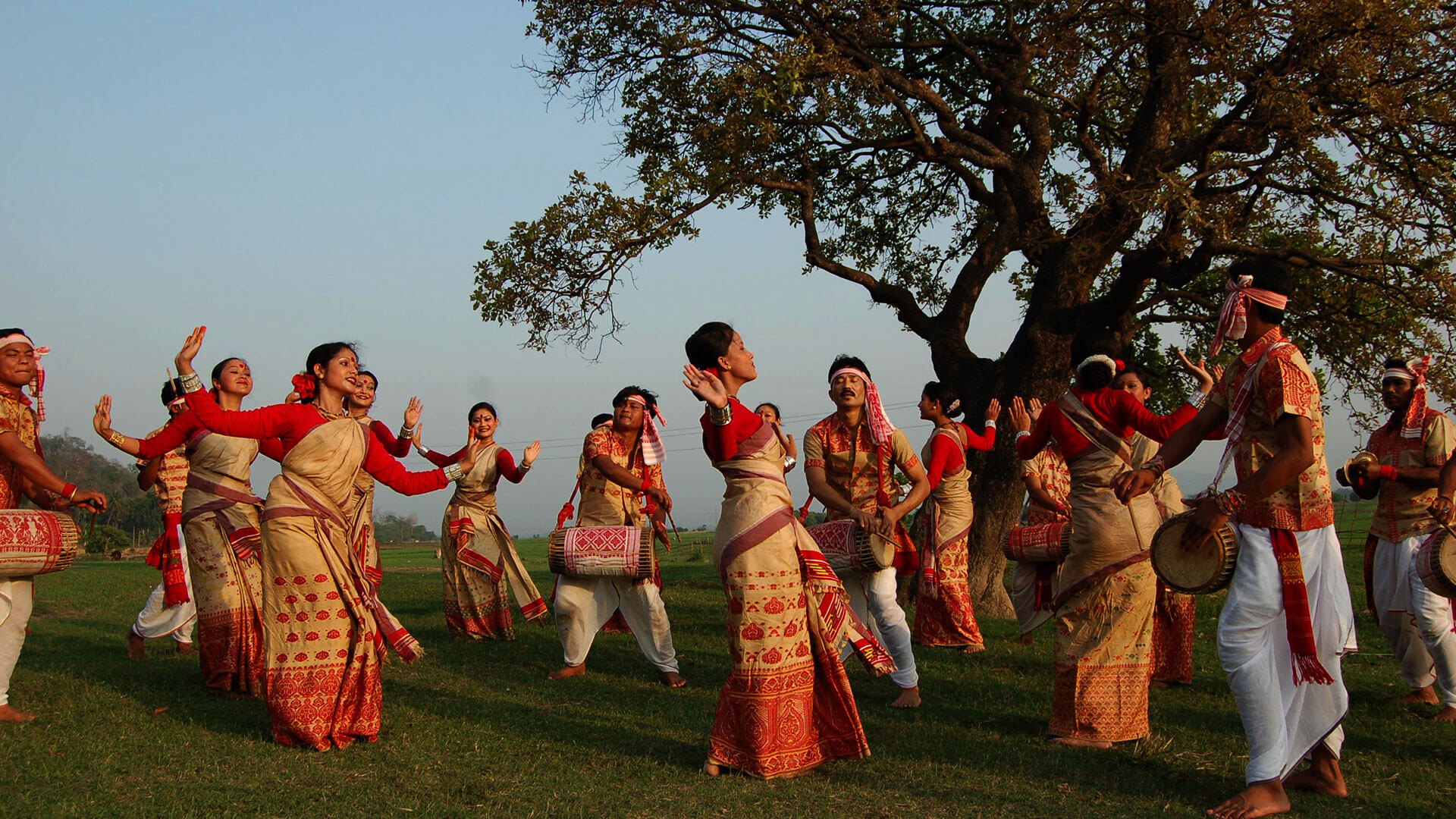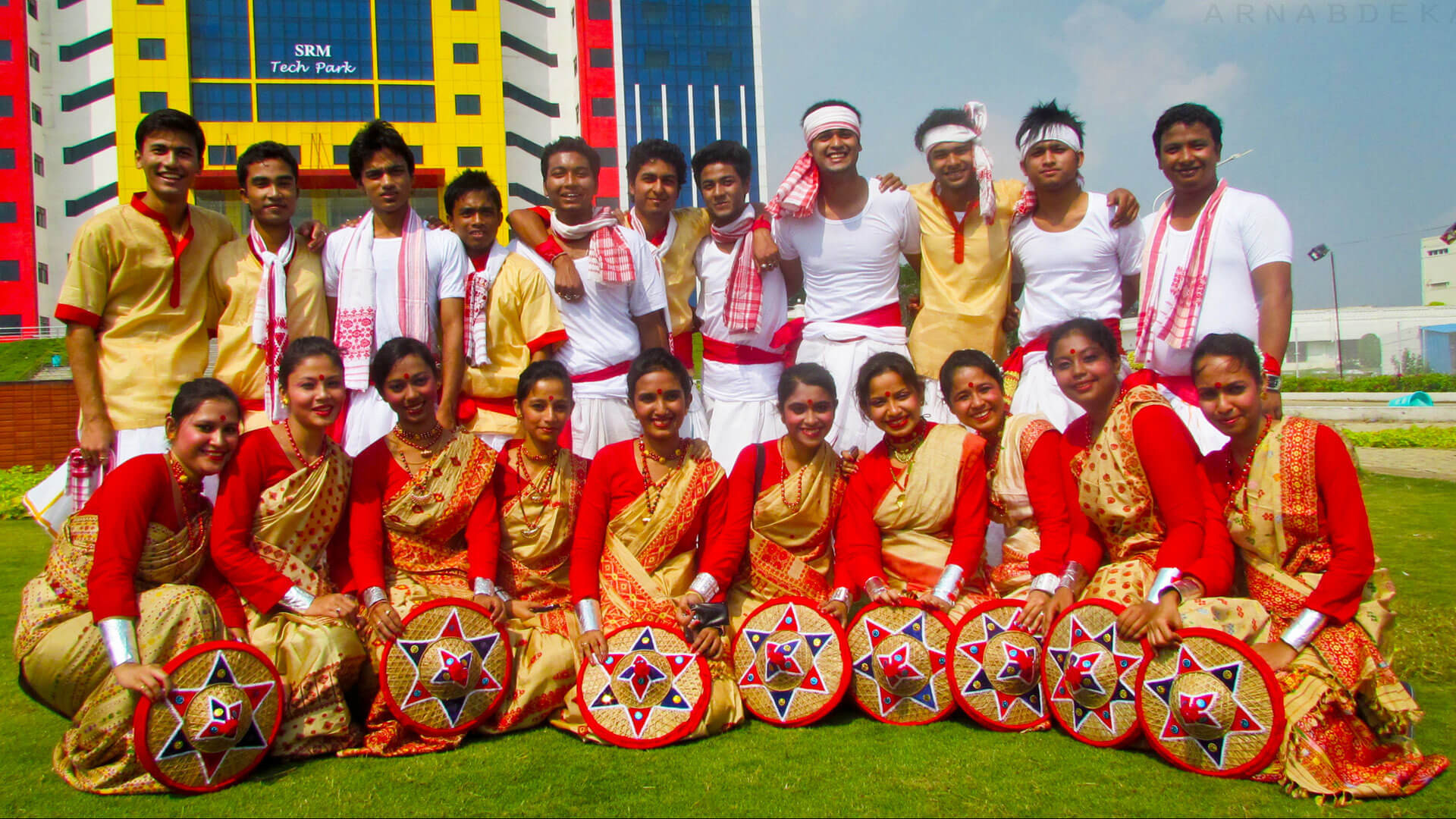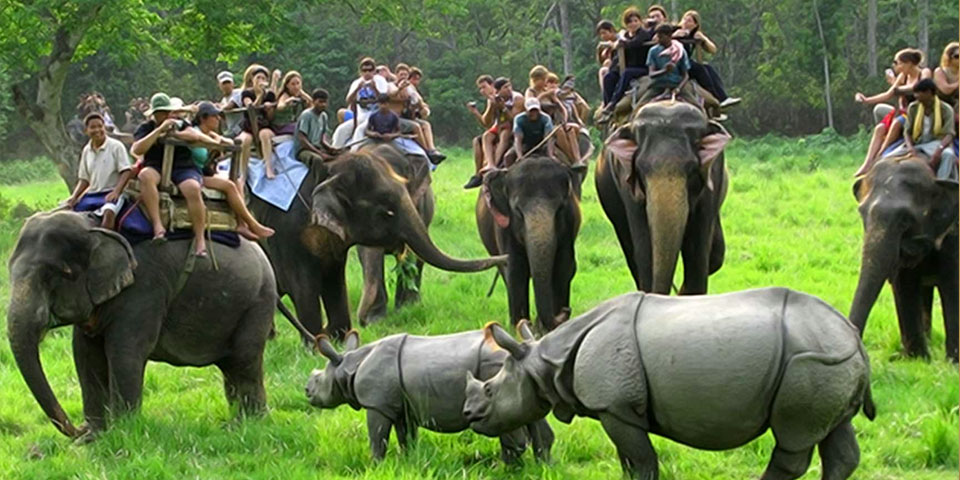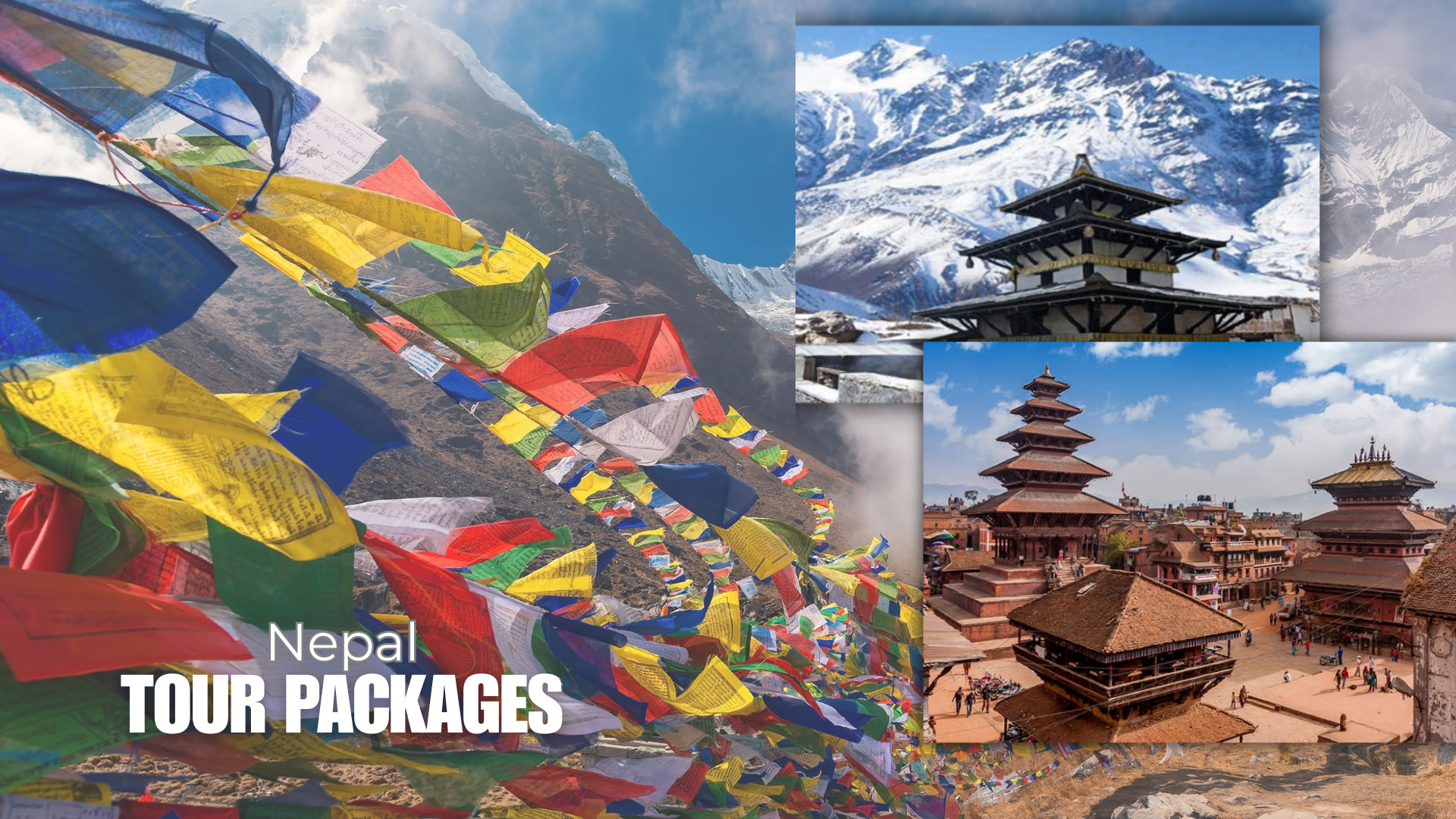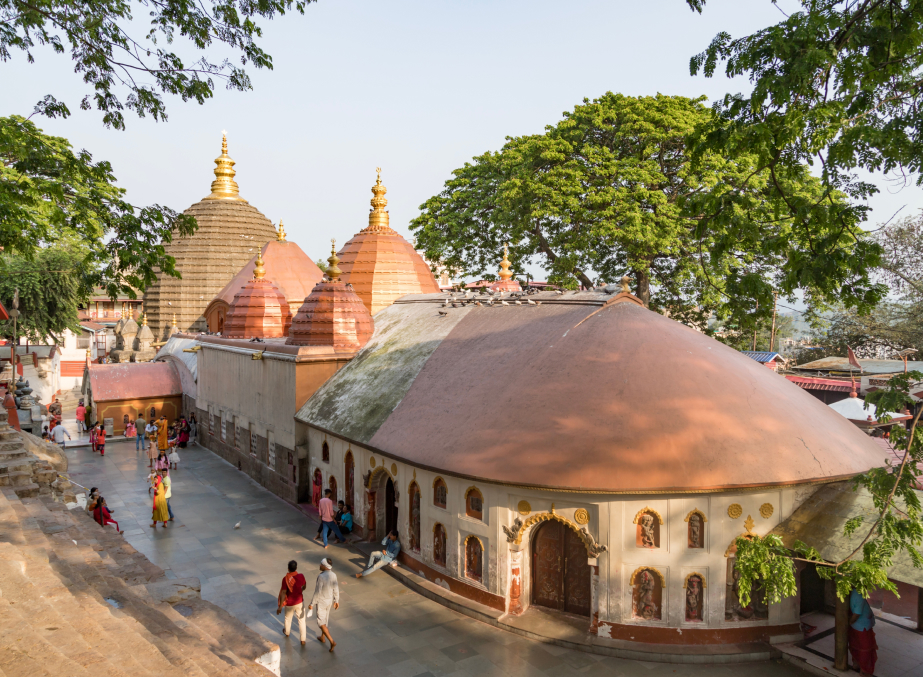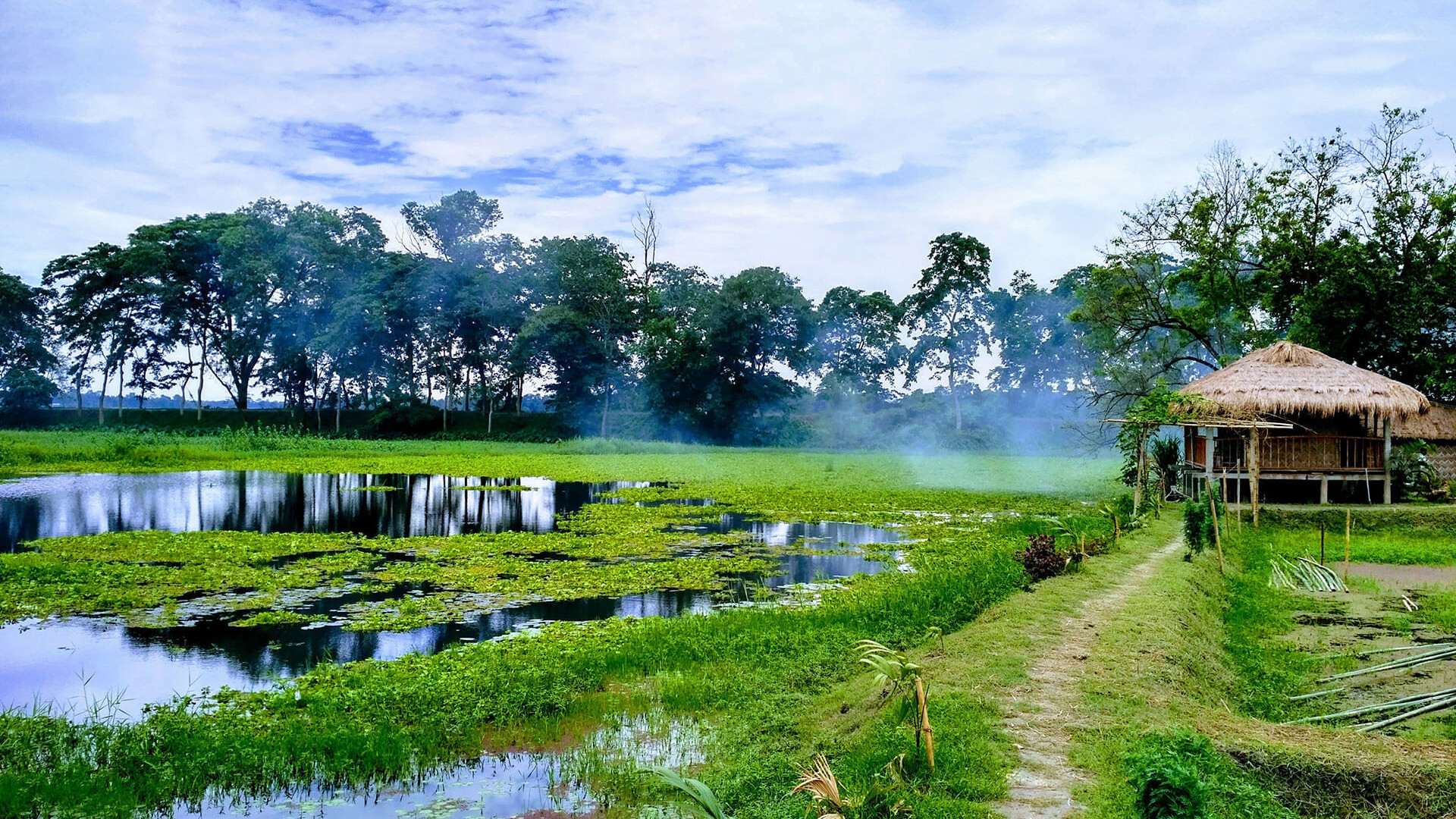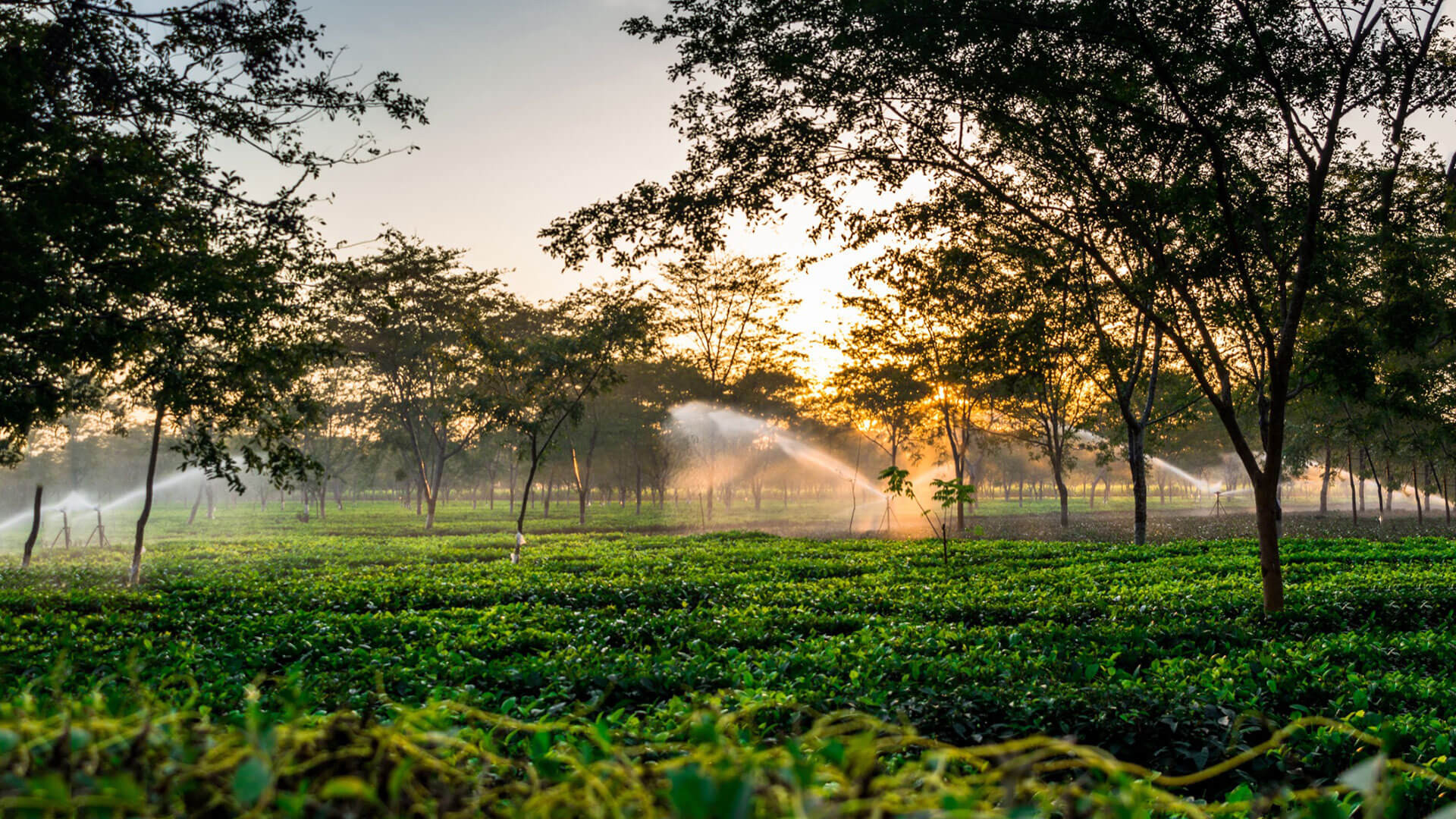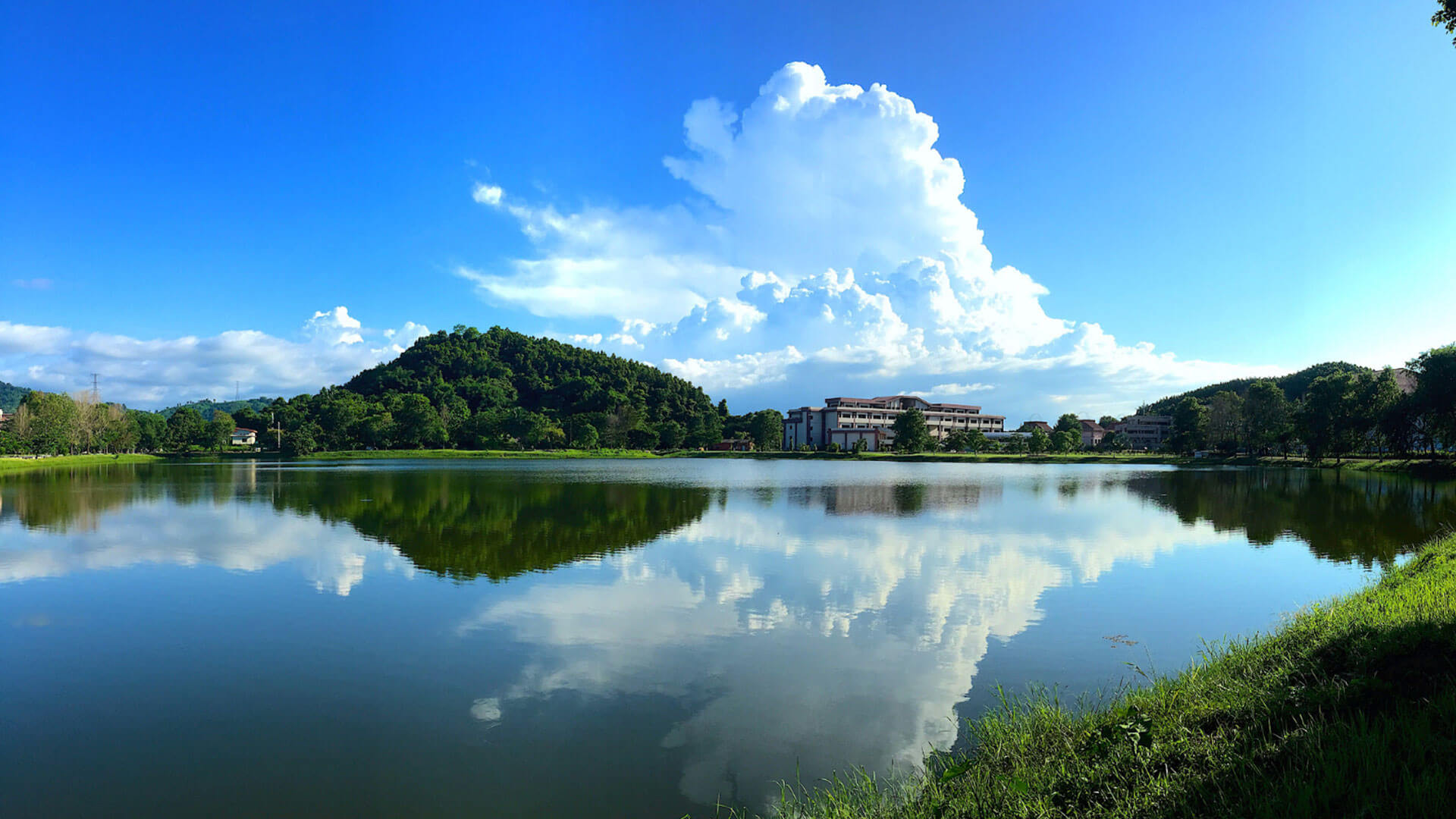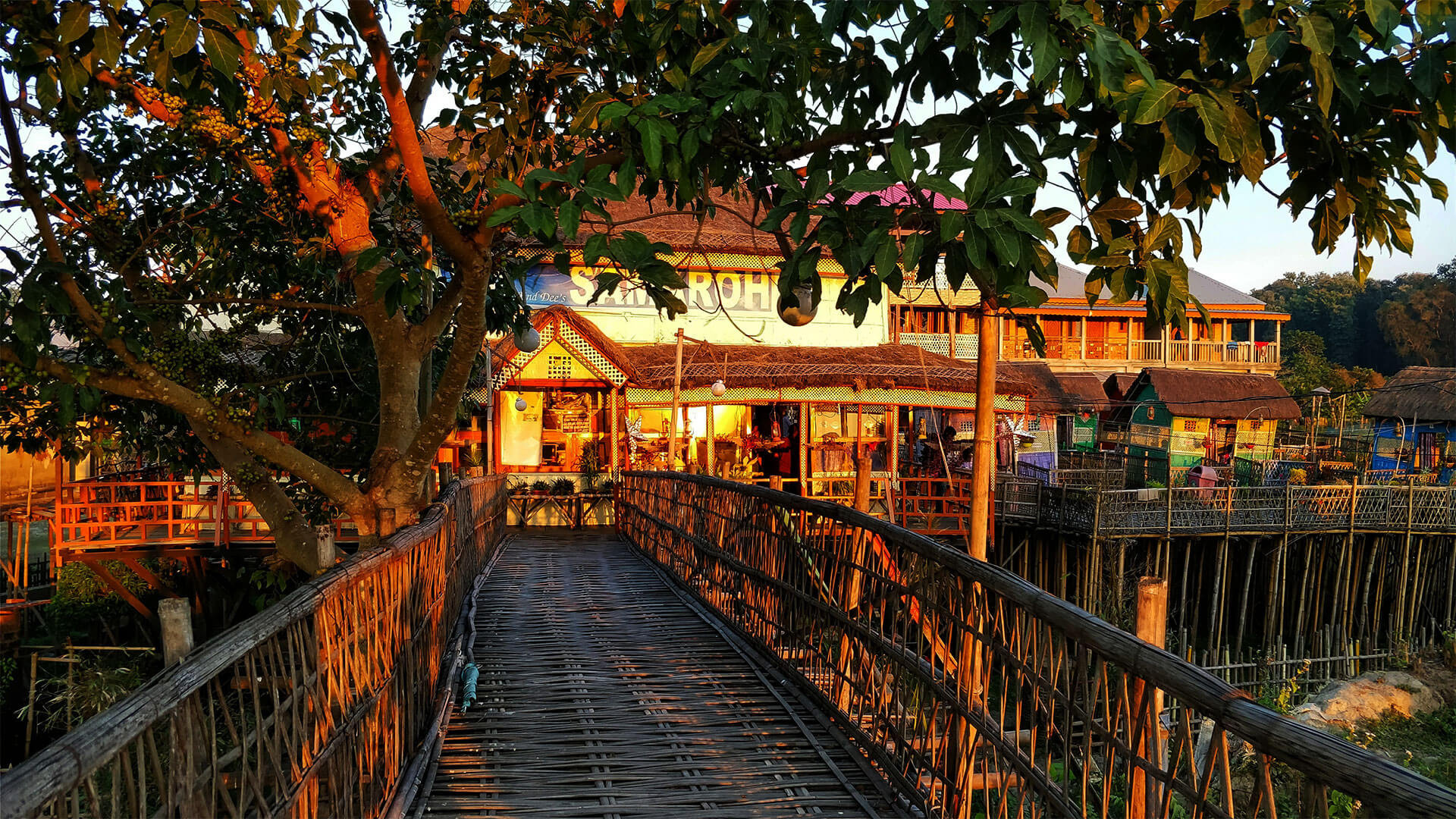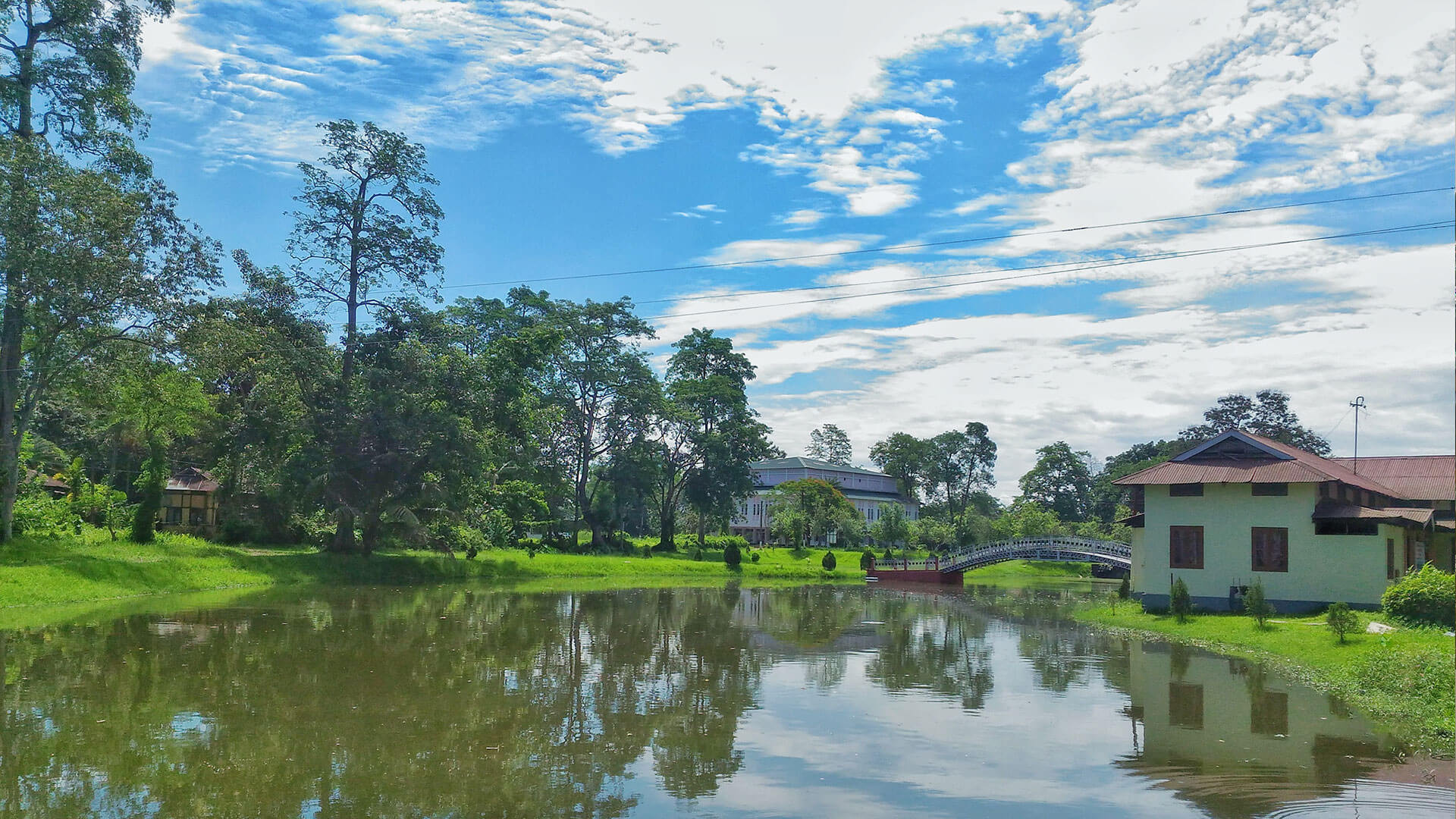North Cachar Hills (Dima Hasao) – The Hidden Gem of Assam
North Cachar Hills district, which is now known as Dima Hasao district, lies in Assam, a northeastern state of India. There are only two autonomous hill districts in Assam and one of them is Dima Hasao. The headquarter of this district, Haflong is apparently the only hill station in the state of Assam. People actively visit here from many parts of the world to spend their vacations. The hilltop here offers some of the most wonderful views of the nearby Borail mountains. What’s more interesting to know is that this place is also known as the 'Switzerland of the East'.
History of North Cachar Hills
The earlier inhabitants of this place were a group of people who lived by their own set of rules and also practiced their own traditions and rights. As per the historians, these hills were already occupied by a number of tribes like Dimasa Kacharis, Kuki tribes, Zeme Nagas during the time of the British colonial era.
And going further back in the medieval period, the Dima Haso belonged to the Dimasa Kachari Kingdom which was also known as the ‘Cachar Kingdom’. At that time in history, the capital of this place was Maibang. However, during the colonial period, it was Khaspur which was the administrative center of the place.
It is said that owing to some internal tiff in the kingdom, it was further divided into North Cachar and South Kachar. It was only due to the efforts of a man named Tularam that it became possible to carve out the North Hills of Cachar from the Cachar Kingdom.
But in '1850s, Tularam passed away after which the frequent Angami raids started to happen to further prove the influence of the Britishers over North Cachar geography. And then as a consequence, sometime in 1853, North Cachar was annexed and then made part of the Nagaon district of the British Assam.
But in 1867, this particular sub-division was completely abolished. After that, this place was divided into a total of three geographical parts named Cachar, Khasi, and Jaintia Hills. Finally, it was in 1970, that the government declared an independent administrative district.
Major Attractions in and Around North Cachar Hills
North Cachar Hills, located in the state of Assam, India, offers a unique blend of natural beauty, cultural heritage, and historical significance.
- Haflong – Known as the "Switzerland of Assam," Haflong is the district headquarters and a popular hill station. The town offers breathtaking views of lush green hills, crystal-clear lakes, and tea gardens.
- Maibong – This historic town was once the capital of the Kachari Kingdom. It has remnants of ancient temples, ruins, and a beautiful scenic backdrop, making it a significant place for history and nature lovers.
- Jatinga – Famous for the mysterious bird suicide phenomenon that occurs during the monsoon season, Jatinga is a popular place for ornithologists and adventure seekers.
- Dima Hasao District – This region is rich in biodiversity and is home to numerous wildlife species. It is a haven for trekkers, with a wide range of trails through dense forests and valleys.
- Umrangso – Known for its serene ambiance and beautiful surroundings, Umrangso offers a picturesque lake and is perfect for picnics and nature walks.
- Borail Wildlife Sanctuary – A haven for wildlife enthusiasts, this sanctuary is home to diverse flora and fauna. It offers opportunities for trekking, wildlife observation, and exploring the pristine wilderness.
- Kachari Ruins – The ancient Kachari civilization left behind several ruins, including temples and pillars. These are scattered throughout the region, with the most notable being in Maibong and Haflong.
- Halflong Lake – A tranquil and picturesque lake in Haflong, it is a perfect spot for boating and picnics, surrounded by hills and lush greenery.
- Theriath Valley – A hidden gem, Theriath Valley is a stunning area with scenic views, hills, and waterfalls, making it ideal for nature lovers and trekkers.
Things to Do in North Cachar Hills
Trekking and Hiking
- Explore Haflong's hills: Take a trek through the lush green hills of Haflong and enjoy panoramic views of the surrounding valleys, tea estates, and forests.
- Borail Wildlife Sanctuary Trek: Embark on a trek through the sanctuary to experience the region’s diverse flora and fauna, along with the opportunity to spot wildlife like elephants, tigers, and various bird species.
2. Boating at Haflong Lake
Enjoy a peaceful boat ride on Haflong Lake, surrounded by hills and greenery. The serene environment makes it a perfect spot for relaxation and photography.
3. Bird Watching in Jatinga
Jatinga is famous for its bird migration phenomenon, where birds allegedly fly into the valley at night during the monsoon season. You can visit to observe the unique bird species that visit the area, especially during the early hours of the morning.
4. Visit Kachari Ruins
Explore the Kachari Ruins in Maibong, which include remnants of ancient temples, stone pillars, and other structures of the Kachari civilization. It's a fascinating spot for history lovers.
5. Visit the Jatinga Eco-park
Jatinga also offers an eco-park that is ideal for nature walks, relaxation, and enjoying the cool climate of the region. It’s a great spot for photography and observing local flora.
6. Experience Tribal Culture
North Cachar Hills is home to various indigenous tribes, such as the Dimasa and Zeme. You can interact with locals, learn about their customs, culture, and lifestyle, and buy traditional handicrafts.
7. Waterfalls Exploration
Theriath Valley is home to several waterfalls that are perfect for trekking and enjoying nature. These waterfalls are a great spot for photography, picnics, and a refreshing dip.
8. Visit Umrangso Lake
Umrangso, with its beautiful lake, offers opportunities for picnics and nature walks. The peaceful surroundings make it a great spot for a quiet retreat or a casual exploration.
9. Visit the Maibong Ruins and Ancient Temples
Explore the ancient temples and ruins in Maibong, the former capital of the Kachari Kingdom. These historical sites are perfect for those interested in archaeology and the region's rich history.
10. Wildlife Safaris
Visit the Borail Wildlife Sanctuary for a wildlife safari. It is home to numerous species of animals and birds, and you can enjoy spotting animals in their natural habitat while trekking through the dense forests.
11. Fishing and Angling
The rivers and lakes in North Cachar Hills, especially Haflong Lake, offer great opportunities for fishing and angling. If you're into fishing, it’s a peaceful activity to enjoy amid the natural beauty.
12. Camping
Set up a camp near one of the many scenic spots in North Cachar Hills, such as Haflong or the Borail Sanctuary, and enjoy a night under the stars surrounded by nature.
13. Explore the Tea Gardens
North Cachar Hills is home to several picturesque tea gardens. You can take a walk through the plantations, enjoy the cool breeze, and experience the tea culture of the region.
Best Time to Visit North Cachar Hills
The best time to visit is October to April, when the weather is cool and pleasant for sightseeing.
- Winter (November - February): Ideal for exploring nature and cultural experiences
- Spring (March - April): Perfect for trekking and enjoying blooming landscapes
- Monsoon (June - September): Heavy rainfall, making travel difficult but the greenery is at its peak
How to Reach North Cachar Hills
To reach North Cachar Hills, you will need to cover a total distance of about 2,178, 3,001, 1,277, 3,249 km from Delhi, Mumbai, Kolkata, and Bengaluru respectively. Check out the following details on how you can reach here by the following means of public transport.
By Air
You will need to deboard at the Silchar Airport (IXS) situated about 140 km away. However, the nearest international airport to this region is the Lokpriya Gopinath Bordoloi International Airport (GAU), Guwahati situated at a distance of 290-300 km. Depending on your convenience, you can consider deboarding at either of the aerodromes. Both the airports are well-routed with other cities. From the airport, you can consider booking a taxi or board a bus to reach your destination.
- From Bhubaneswar - Board IndiGo, Spicejet flights from Bhubaneswar Airport. The airfares start from INR 6,000-7,000
- From Imphal - Board IndiGo, Spicejet flights from Imphal Airport, The airfares start from INR 8,000-9,000
Here is a list of Indian cities from where flights are available to North Cachar Hills
- Kolkata to Silchar Flight
- Guwahati to Silchar Flight
- Imphal to Silchar Flight
- Agartala to Silchar Flight
- Aizawl to Silchar Flight
By Train
The Haflong Hill Railway Station (NHLG) is the nearest railway station from this place situated about 40 km away. It is well-connected with nearby cities and towns. From the station, you will need to book a taxi or some other locally available means of transportation to reach your destination.
By Road
If you are residing in the nearby cities and towns, you can consider travelling here by well-maintained and structured roadways and national highways. There are several regular buses (state-run/private) which connect this region with other towns and districts without any kind of complexity. You can also take a taxi or self-drive to this place.
- From Dimapur - 206 km via SH16
- From Kohima - 270 km via NH29
- From Shillong - 203 km via NH6 or NH627
Frequently Asked Questions about North Cachar Hills
Q1: What is the best time to visit North Cachar Hills?
A1: The best time to visit North Cachar Hills is during the winter months from October to March, when the weather is cool and pleasant, ideal for trekking, sightseeing, and outdoor activities. The monsoon season (June to September) is also interesting for bird watching in Jatinga, though it can be rainy and challenging for outdoor travel.
Q2: How can I reach North Cachar Hills?
A2: North Cachar Hills is well-connected by road and rail. The nearest airport is Lokpriya Gopinath Bordoloi International Airport in Guwahati, approximately 180 km away. From Guwahati, you can take a taxi or a bus to reach Haflong, the district headquarters. The area also has a railway station with connections to major cities in Assam.
Q3: Are there any accommodation options in North Cachar Hills?
A3: Yes, North Cachar Hills offers a range of accommodation options, including government guesthouses, hotels, and homestays in towns like Haflong and Umrangso. For a more immersive experience, you can opt for eco-friendly resorts or tribal-style stays to enjoy the local culture and natural beauty.
Q4: What are the main attractions in North Cachar Hills?
A4: Major attractions include Haflong Lake, Jatinga (for bird watching), Borail Wildlife Sanctuary, Maibong ruins, and the picturesque Theriath Valley. You can also explore the historical Kachari Ruins, the tranquil Umrangso Lake, and the Haflong Hills for scenic treks.
Q5: Is it safe to travel to North Cachar Hills?
A5: Yes, North Cachar Hills is generally safe for travelers. However, like any remote area, it’s advisable to check local travel advisories before visiting. It’s also important to respect local customs and be cautious while traveling through remote or forested areas, especially during the monsoon season when trekking conditions may be slippery.
Popular Packages
Blogs
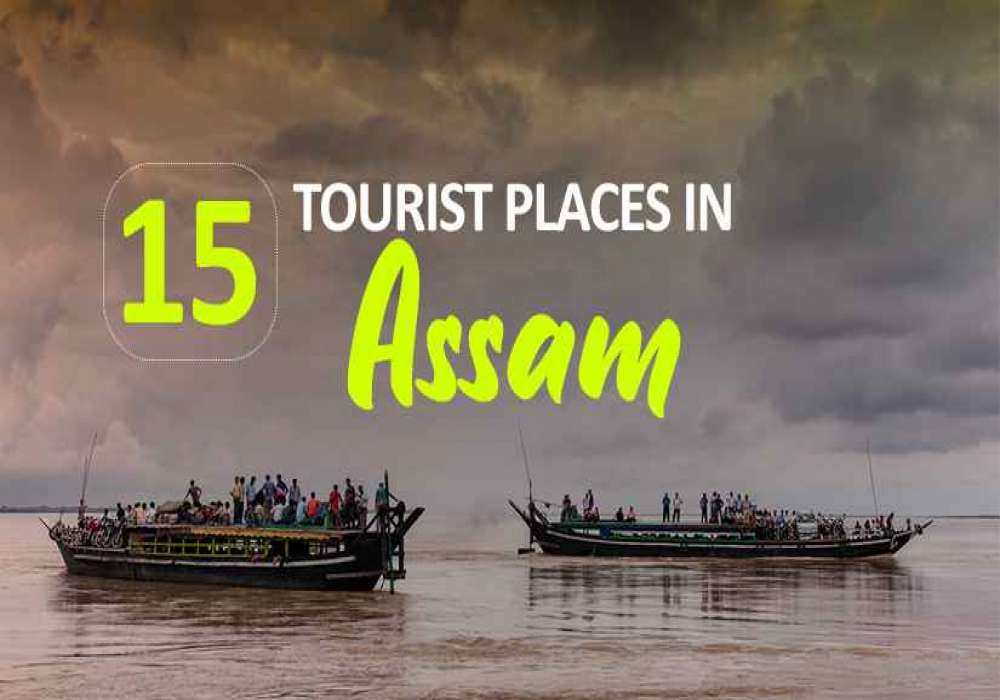
Top 15 Tourist Places In Assam 2025

Famous Festivals Of Assam You Must Experience In 2025

15+ Best Places of Seven Sisters That Are Surreal and Serene

Food Explorer? You Should Try These Finger-licking Food Of India

Top 15 Hill Station Near Guwahati You Must Visit
Nearby Stays
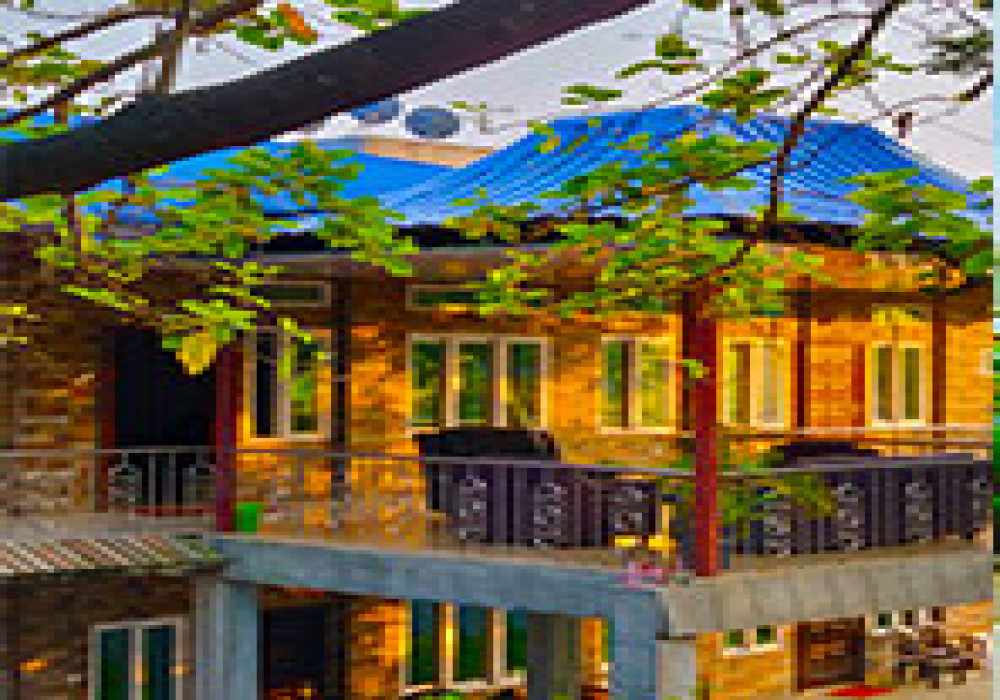
Nhoshring Guest House
Hagjer bhawan, convent road, Dima Hasao, Haflong,...

Hotel Grand Horizon
Shizo Complex Hazi Park, Dimapur, Nagaland 797112
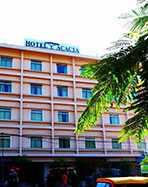
Hotel Acacia
Opp. East Police Station, Near Dimapur Railway Sta...
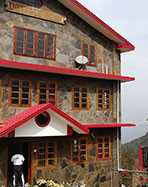
Dovipie Inn
Phetsu Kiku, T.Khel, Khonoma, Nagaland 797002
